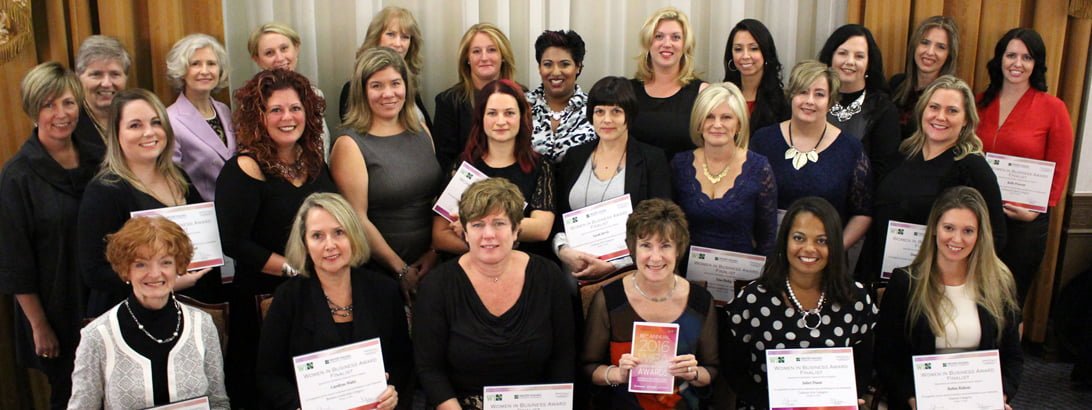
 Almost 30 years ago Sally McGarr saw a void in the local Real Estate market, and felt the community would benefit by a fully independent local Real Estate Brokerage. She opened her local business in 1988, with a small team of Realtors, many of which are still with the company today! Despite several lucrative offers from big box brokerages and franchises, Sally has chosen to maintain true independence and believe this sets them apart and allows for better client service and a wide range of opportunities for marketing properties locally and to the world. What started as one hardworking and talented woman, ‘Sally McGarr Realty’ has grown impressively to where they are today; a cornerstone in Niagara Real Estate and the local business community. With plans for the future of the business and the growth of the team, Sally felt it important for the name of the business to reflect that.
Almost 30 years ago Sally McGarr saw a void in the local Real Estate market, and felt the community would benefit by a fully independent local Real Estate Brokerage. She opened her local business in 1988, with a small team of Realtors, many of which are still with the company today! Despite several lucrative offers from big box brokerages and franchises, Sally has chosen to maintain true independence and believe this sets them apart and allows for better client service and a wide range of opportunities for marketing properties locally and to the world. What started as one hardworking and talented woman, ‘Sally McGarr Realty’ has grown impressively to where they are today; a cornerstone in Niagara Real Estate and the local business community. With plans for the future of the business and the growth of the team, Sally felt it important for the name of the business to reflect that.
“Sally McGarr Realty has grown to be so much more than just me, I felt it important for our company name and the future of the business to reflect that. With that, we present the new and more sleek – McGarr Realty. We are extremely proud of our brand which has held value and respect throughout Niagara and beyond for almost 30 years, and trust that this slight modernization will be a welcomed advancement” says Sally.
 Along with the corporate name change from Sally McGarr Realty to McGarr Realty, is a fully custom website and branding material, from lawn signs to business cards for the entire team, created by local Tech &Design company, Symetric Productions.
Along with the corporate name change from Sally McGarr Realty to McGarr Realty, is a fully custom website and branding material, from lawn signs to business cards for the entire team, created by local Tech &Design company, Symetric Productions.
The management team at McGarr Realty felt it was incredibly important to work with a local business as well, and with Symetric located just up the street from their Downtown St. Catharines office, they were the perfect fit and saw the vision from the start.
Plans for the future include carefully thought out succession planning, in which Sally continues to be the main face of the company, continues selling, and is consistently available to all clients and Realtors for the foreseeable future. One of the biggest advancements is the organic creation of the management team and the ownership in the company between them. Patrick Burke, Jim Broderick, Raiana Schwenker, & Cam Schwenker realized their similar vision and dreams for the future of the company and came together with Sally to make it all happen. There is a common goal at hand, to continue the reputation of a company built on integrity and hard work.
“It’s all been pretty organic. We realized we had a very similar vision, and agreed on how to make that vision a reality,” said Raiana, who is also McGarr’s youngest daughter. “She has been so supportive and generous. The timing has been right and the advancements have been welcomed with great enthusiasm from our whole team”
There is a palpable vibrancy and excitement when you walk through the doors at McGarr. It’s a busy office with a close-knit group of passionate and friendly people, from the support staff to the sales team. You can tell that there are common goals among them, with client service and benefiting the community being a top priority. The future for McGarr Realty is bright, pink!
The group at McGarr launch their official new branding & website Tuesday, October 18th, check it out at www.mcgarrrealty.com or stop into the office located at 5 St. Paul Crescent in St. Catharines or 1615 Niagara Stone Road in Niagara on the Lake to get information and meet with a member of the team.


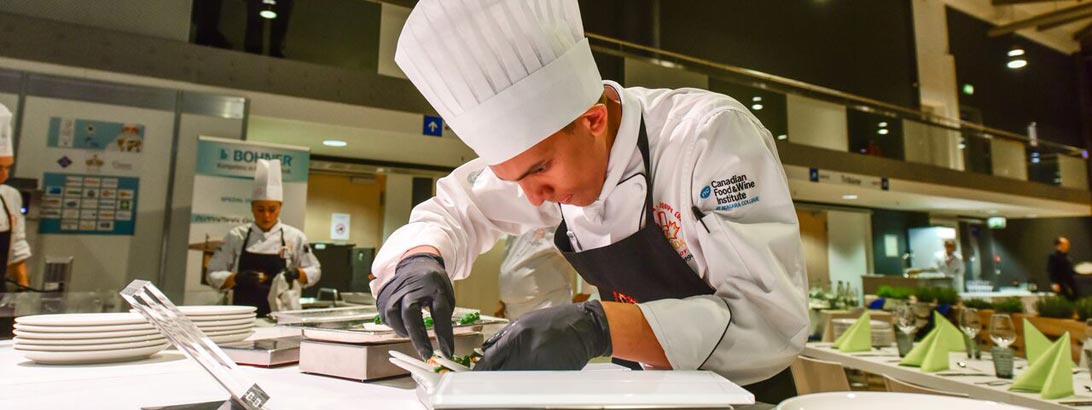

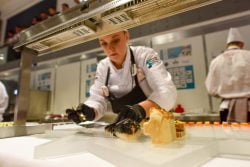 Niagara College’s Junior Culinary Team Canada is proving that it has the recipe for success, after winning a gold medal in its first of two competitions at the Culinary Olympics.
Niagara College’s Junior Culinary Team Canada is proving that it has the recipe for success, after winning a gold medal in its first of two competitions at the Culinary Olympics. Youdale noted that this first medal achieved was only the first step for the team. “We step in the kitchen tomorrow with a chance for a second gold medal and the opportunity to become one of the top three teams on the planet,” said Youdale.
Youdale noted that this first medal achieved was only the first step for the team. “We step in the kitchen tomorrow with a chance for a second gold medal and the opportunity to become one of the top three teams on the planet,” said Youdale.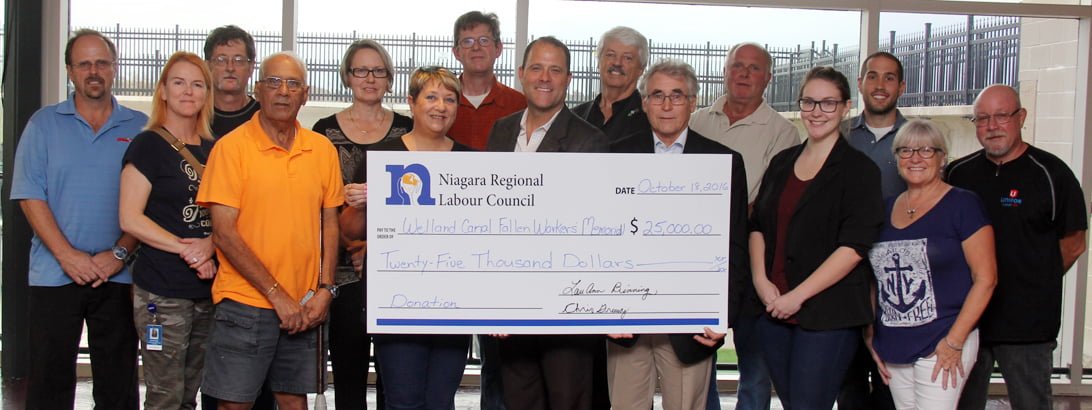
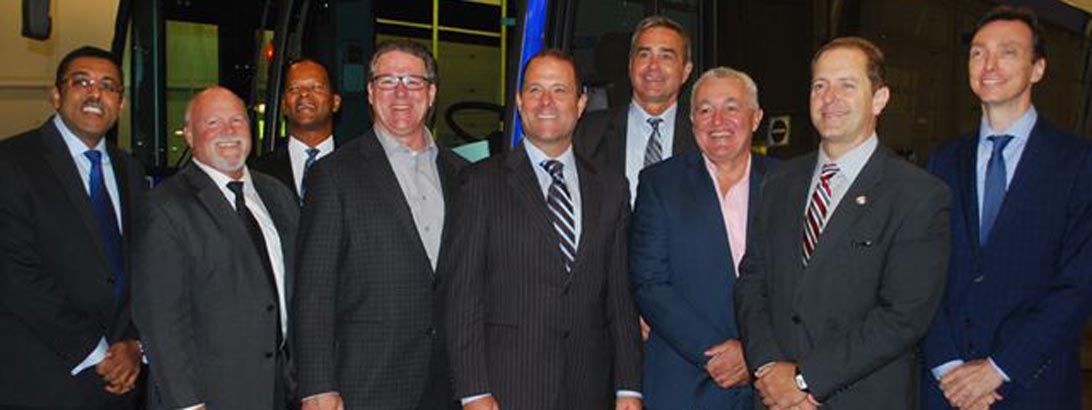


 Join The Exchange Brewery on Friday October 21, from 5pm to 9pm, for the official release party of their Framboise. On this much-awaited occasion, The Exchange’s new limited-edition seasonal brew will be released on draft and in bottles, as well as offered in free tastings.
Join The Exchange Brewery on Friday October 21, from 5pm to 9pm, for the official release party of their Framboise. On this much-awaited occasion, The Exchange’s new limited-edition seasonal brew will be released on draft and in bottles, as well as offered in free tastings.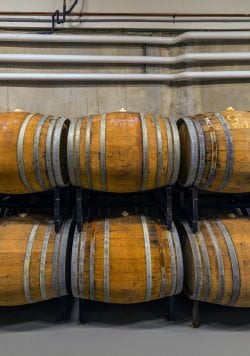 “This barrel fermentation was so vigorous, we cleaned raspberries off the cellar walls, floors and even the ceiling for a week or so,” explains Sam Maxbauer, Head Brewer at The Exchange. “The barrels vented and blasted raspberries everywhere one by one. It was a huge mess, but this beer was worth the added daily cleaning.”
“This barrel fermentation was so vigorous, we cleaned raspberries off the cellar walls, floors and even the ceiling for a week or so,” explains Sam Maxbauer, Head Brewer at The Exchange. “The barrels vented and blasted raspberries everywhere one by one. It was a huge mess, but this beer was worth the added daily cleaning.” The release of the Framboise builds on The Exchange Brewery’s previous seasonal and specialty limited-release beers, which have found great demand and praise from beer enthusiasts and the industry alike.
The release of the Framboise builds on The Exchange Brewery’s previous seasonal and specialty limited-release beers, which have found great demand and praise from beer enthusiasts and the industry alike. The Exchange Brewery is Niagara-on-the-Lake’s newest brewery and tasting room located in Old Town heritage district. We focus on making exceptional craft beers using only the highest quality ingredients, including local Niagara fruits. Our selection includes a range of American styles along with sour and funky Belgian-style beers and ales.
The Exchange Brewery is Niagara-on-the-Lake’s newest brewery and tasting room located in Old Town heritage district. We focus on making exceptional craft beers using only the highest quality ingredients, including local Niagara fruits. Our selection includes a range of American styles along with sour and funky Belgian-style beers and ales.
